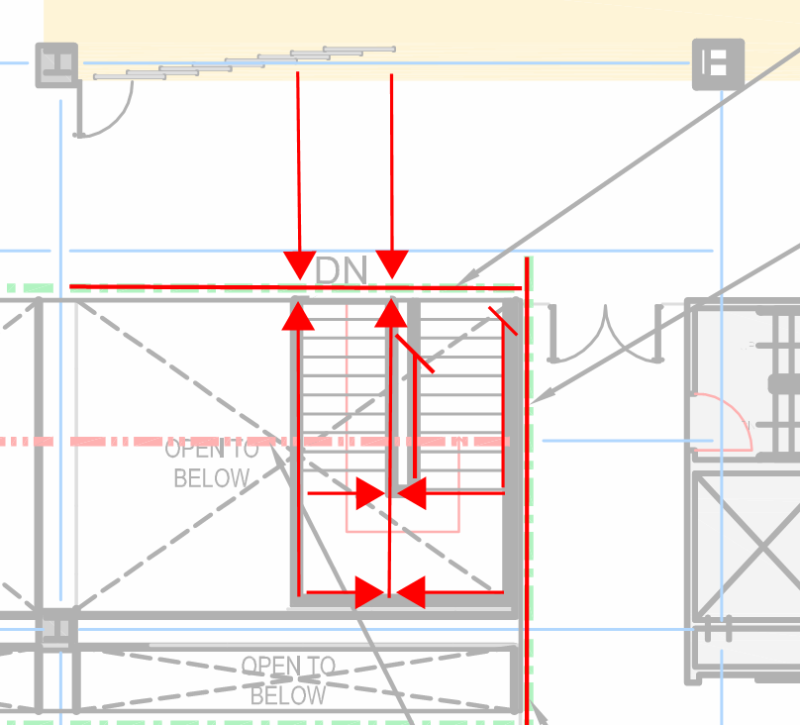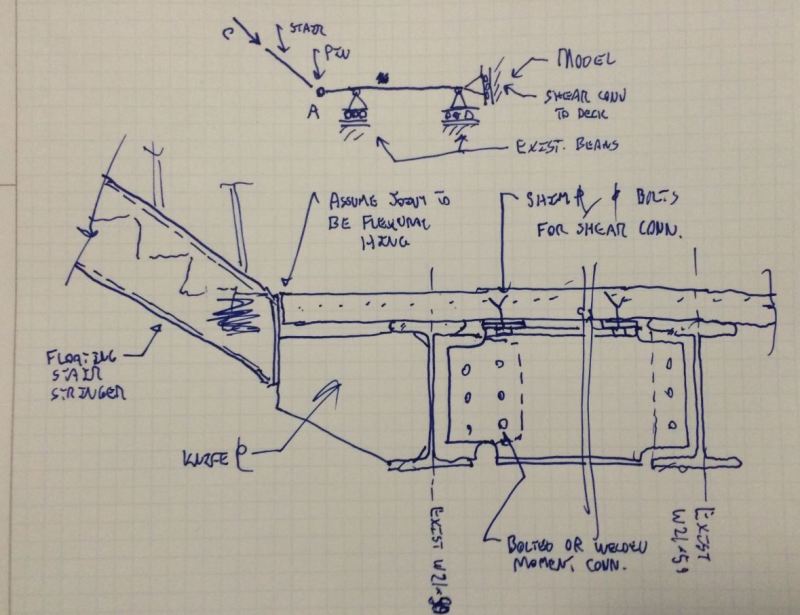jdengos
Structural
- Mar 8, 2016
- 31
Hi just want to know a formula/table for the beams to take lateral moment.
The beam will take moments at strong axis, and also will take lateral moment, which comes from offset load from the beam.
Thanks
The beam will take moments at strong axis, and also will take lateral moment, which comes from offset load from the beam.
Thanks


